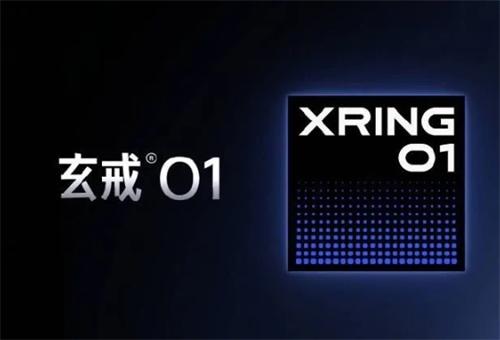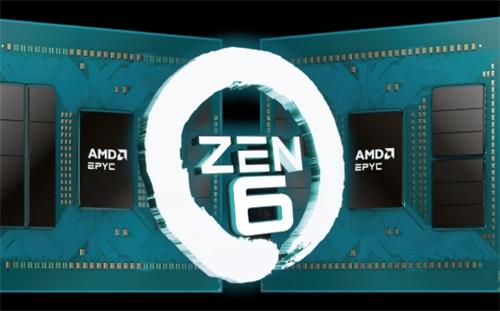Xiaomi’s Self-Developed 3nm Flagship Chip “Xuanjie O1” Enters Mass Production

On May 20, 2025, Xiaomi founder Lei Jun officially announced via Weibo that Xiaomi’s self-developed 3nm flagship chip, Xuanjie O1, has entered mass production. The news made waves across the industry, with Xiaomi’s Hong Kong shares surging over 3% that day—highlighting strong investor confidence in the company’s chip innovation.
As Xiaomi’s first flagship processor built on second-generation 3nm process technology, the debut of Xuanjie O1 marks a major breakthrough for Chinese companies in the high-end chip segment. According to Lei Jun, the chip’s process far surpasses earlier industry expectations of 7nm or 4nm, making Xiaomi the fourth company in the world—after Apple, Qualcomm, and MediaTek—to independently develop and design a 3nm mobile processor.
Industry experts note that compared to previous generations, the 3nm process delivers approximately 25% better performance or 35% lower power consumption, promising a transformative leap in smartphone performance.
Xiaomi has demonstrated extraordinary commitment to R&D. As of the end of April 2025, the company had invested 13.5 billion RMB into chip development, assembling a dedicated R&D team of over 2,500 professionals. Xiaomi plans to invest another 6 billion RMB in related R&D this year alone. "In terms of both investment and team size, Xiaomi ranks among the top three in China’s semiconductor design sector," Lei Jun stated, emphasizing the solid foundation this provides for future breakthroughs.
According to leaked Geekbench 6 results, Xuanjie O1 scores 2,709 in single-core and 8,125 in multi-core performance. Although it still trails the Snapdragon 8 Gen 4 by 15%–22%, the results are impressive for Xiaomi’s debut 3nm chip. Notably, Xiaomi will launch the chip in both smartphones and tablets—the Xiaomi 15S Pro and Xiaomi Pad 7 Ultra—demonstrating strong confidence in its capabilities.
The Xiaomi 15S Pro continues the brand’s flagship lineage with a 6.73-inch 2K quad-curved display, supporting 1–120Hz LTPO adaptive refresh rate, a 6,100mAh battery, and 90W fast charging. Its camera system uses Leica’s Summilux optics with a full focal-length triple-lens array, including an 8K video-capable main sensor. Meanwhile, the Xiaomi Pad 7 Ultra boasts a 14-inch ultra-large display and 120W fast charging, potentially making it Xiaomi’s most powerful tablet yet.
Responding to questions about its relationship with Qualcomm, CEO Cristiano Amon affirmed, “We have a long-standing and stable partnership with Xiaomi, and several of its flagship devices will still feature Qualcomm technologies.” This dual approach—combining in-house chip development with external partnerships—echoes Samsung’s model of using both Exynos and Qualcomm processors, balancing flexibility with supply chain stability.
Experts see Xiaomi’s 3nm push as strategically significant. Zhang Binlei, co-founder of Zhenxin Hui, noted: “Chip process nodes are critical to smartphone performance—every jump from 28nm to 3nm has brought substantial gains.” Beyond technical advantages, in-house chips enhance Xiaomi’s supply chain influence and strengthen its long-term technical reserves—especially important amid global semiconductor uncertainty.
Notably, Data shows average design costs for:
28nm: ~$40 million
7nm: ~$217 million
5nm: ~$416 million
3nm: nearing $1 billion
Xiaomi’s ability to cross this threshold is a testament to its deep R&D capabilities. As Lei Jun put it: “Without enormous resolve and courage, and without massive investment and technical strength, the Xuanjie chip wouldn’t be where it is today.”
As 5G matures and 6G development advances, leading-edge process technology will become even more crucial. By entering the 3nm era now, Xiaomi not only secures the performance of its current products but also positions itself competitively for the future. Though Lei Jun humbly stated that “Xiaomi’s chip efforts are just getting started,” the mass production of Xuanjie O1 is undeniably a milestone in China’s semiconductor journey—and a foundation for further breakthroughs.
More details on Xuanjie O1’s performance and market positioning will be revealed at Xiaomi’s strategic product launch on May 22. Whether this flagship chip can stand out in a fiercely competitive market remains to be seen. But one thing is certain: Xiaomi has proven with action that Chinese tech firms are fast closing the gap—and global semiconductor dynamics may soon shift as a result.
Recommended for you:








